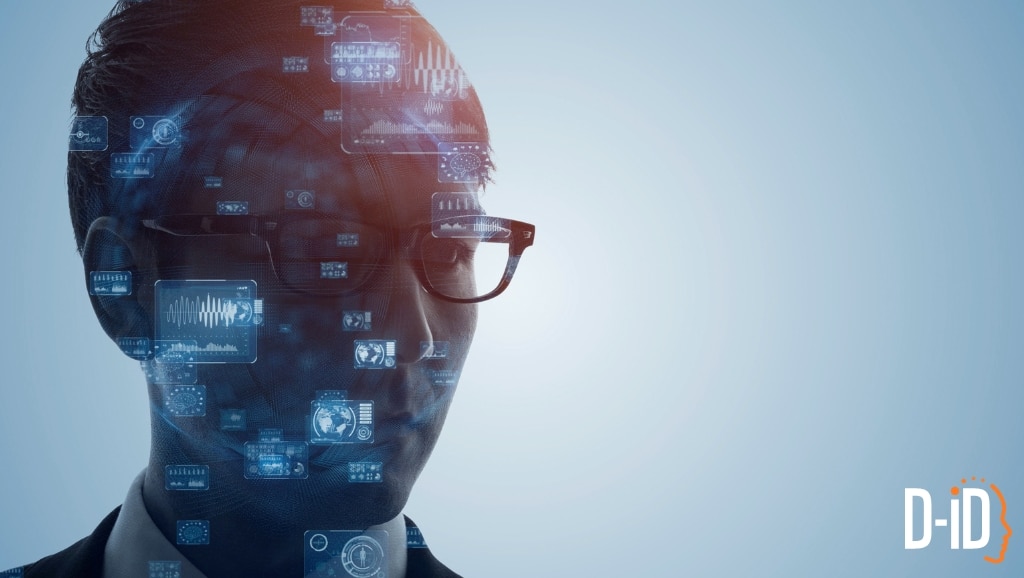AI Character Generator

What Is an AI Character Generator?
An AI character generator is a digital tool that utilizes artificial intelligence to create visually realistic and interactive avatars. These avatars, commonly referred to as AI-generated characters, are designed using sophisticated generative models and algorithms, allowing users to effortlessly produce lifelike digital personalities tailored for branding, storytelling, and enterprise applications.
AI character generators serve as online AI avatar makers, providing businesses, creators, and developers the means to craft unique digital identities without the extensive manual effort traditionally required. By automating the character creation process, these tools facilitate efficient production of scalable, personalized, and brand-aligned avatars. This capability has transformed the fields of marketing, customer engagement, virtual assistants, entertainment, and e-learning by providing relatable, consistent, and interactive digital experiences.
Through intuitive interfaces and user-friendly features, AI character generators democratize the process of avatar creation, enabling users with varying levels of technical expertise to create detailed and expressive digital characters quickly and efficiently. These generators often integrate libraries of pre-designed elements, customizable templates, and easy-to-use editing tools, empowering users to bring their creative visions to life without extensive technical training.
How Do AI Character Generators Work?
AI character generators use a combination of advanced generative AI technologies, facial modeling techniques, and real-time rendering capabilities to produce highly interactive and realistic characters. At the core, generative AI, particularly Generative Adversarial Networks (GANs) and diffusion models, analyzes vast datasets of human features, expressions, and movements. This enables the generation of detailed, lifelike representations of humans or other characters.
Facial modeling further enhances realism by meticulously mapping facial structures, expressions, and emotional nuances onto avatars. This is achieved by scanning real human faces or synthesizing new facial features based on machine learning inputs. Real-time rendering technology then allows these avatars to respond dynamically and interactively in various digital environments, seamlessly matching audio and visual components to ensure natural interactions.
For example, platforms for AI Avatar Generators use sophisticated real-time rendering techniques to enable characters to engage users through conversations, demonstrating realistic mouth movements, facial expressions, and emotional responses.
Additionally, these technologies often incorporate motion capture data, machine learning-driven animation techniques, and natural language processing (NLP), further enhancing avatar interactions. This integration ensures that the generated characters not only look lifelike but also behave and communicate in ways that closely mimic human interaction, significantly improving user engagement and realism.
Benefits of AI Character Generators for Enterprises
Enterprises stand to benefit significantly from the adoption of AI character generators, with key advantages including:
- Efficiency and Scalability: AI character makers significantly reduce the time and resources needed to create digital avatars. Enterprises can swiftly produce multiple brand-aligned characters tailored to different marketing campaigns or business needs, enabling rapid deployment of content and quicker response to market demands and trends.
- Enhanced Branding and Consistency: Enterprises use AI-generated avatars to consistently represent their brand across multiple channels, providing uniformity and recognition. This consistency reinforces brand identity, strengthens consumer trust, and ensures unified messaging, regardless of the platform or context.
- Personalization and Engagement: By creating customized avatars that resonate with their target audience, enterprises enhance user engagement and foster stronger emotional connections. Personalized interactions through relatable avatars lead to improved customer satisfaction, higher retention rates, and increased loyalty.
- Cost Reduction: Automated character generation reduces reliance on costly manual design processes, allowing enterprises to allocate resources more effectively. This automation significantly cuts down on labor-intensive tasks and associated costs, enabling enterprises to invest in other strategic initiatives or innovations.
- Versatility and Multilingual Capabilities: Modern AI character generators support global and multilingual use, enabling enterprises to engage international audiences effectively. Enterprises can effortlessly localize avatars to cater to diverse cultural contexts, languages, and regional preferences, greatly expanding their market reach and inclusivity.
- Improved Accessibility: AI-generated avatars help enterprises provide accessible content to diverse audiences, including individuals with disabilities, by offering clear communication and support across various digital platforms. These avatars can provide sign language interpretation, audio descriptions, and simplified communication methods, significantly enhancing digital accessibility and inclusivity.
Enterprises utilize these capabilities in numerous practical scenarios, including virtual customer service agents, interactive training simulations, dynamic storytelling for marketing and entertainment, and even healthcare applications such as virtual patient interactions and medical training.
Furthermore, AI character generators play a crucial role in the development of interactive marketing campaigns, virtual brand ambassadors, and personalized sales engagements, enabling enterprises to deliver compelling narratives and immersive experiences tailored to audience preferences. This creates opportunities for deeper connections and meaningful interactions that traditional digital media cannot easily replicate.
AI character generators also enable continuous optimization and refinement through analytics and feedback integration. Enterprises can track user interactions, preferences, and engagement metrics, and use this data to continually enhance avatar performance and user satisfaction. The adaptability of AI-generated avatars means enterprises can quickly pivot their strategies based on real-time insights, significantly improving their responsiveness to market changes and customer needs.
By leveraging AI character generators, businesses not only streamline their digital content creation processes but also significantly enhance customer loyalty and satisfaction through engaging, personalized, and interactive digital experiences. As AI technology continues to evolve, the capabilities of AI character generators are expected to expand even further, offering unprecedented opportunities for innovation and engagement across multiple industries.
FAQs
-
An AI character generator is the technology or tool used to create digital avatars automatically using artificial intelligence. In contrast, a digital avatar is the actual visual and interactive representation generated by such tools. Thus, the AI character generator is the means or process, while the digital avatar is the resulting interactive entity users interact with.
-
Yes, AI character generators are highly capable of producing realistic human-like avatars. They utilize sophisticated generative AI, facial modeling, and real-time rendering techniques, which collectively create avatars with lifelike facial expressions, accurate mouth movements, realistic textures, and human-like behaviors. The realism is continuously improving with advancements in AI and computational power.
-
In enterprise environments, AI character generators serve multiple critical functions:
- Customer Service: Interactive avatars provide consistent, engaging, and multilingual customer support.
- Marketing Campaigns: Enterprises leverage custom-branded avatars to narrate brand stories, deliver promotional content, or engage users through personalized experiences.
- Employee Training: AI-generated characters enhance corporate training by simulating realistic interactions and scenarios, improving learning outcomes.
- Virtual Assistants: Enterprises deploy digital avatars as interactive guides or assistants on their websites, applications, and virtual environments, ensuring personalized and efficient user experiences.
For detailed guidance, enterprises can refer to resources like Creating Animated AI Videos with Conversational Avatars.
-
AI character generators offer extensive customization options, including:
- Appearance: Users can customize facial features, hair, clothing, and accessories to match branding or storytelling needs.
- Expressions and Emotions: Avatars can be fine-tuned to display specific emotional responses, facial expressions, and gestures to match various scenarios.
- Voice and Language: Many generators allow the selection of voice types, accents, and languages to support diverse user groups.
- Behavior and Interaction: Customizing interactive behaviors, conversational scripts, and response styles ensures that avatars align closely with the intended use case and brand identity.
-
Absolutely. AI character generators are designed to accommodate global enterprises by supporting multiple languages and culturally relevant interactions. These tools allow for easy localization of avatars, including adjusting physical appearance, voice accents, language fluency, and cultural nuances. This global adaptability enables enterprises to maintain consistent, culturally appropriate engagement across diverse international markets. Resources such as Interactive Avatars provide further insights into creating globally effective avatars.
Was this post useful?
Thank you for your feedback!


